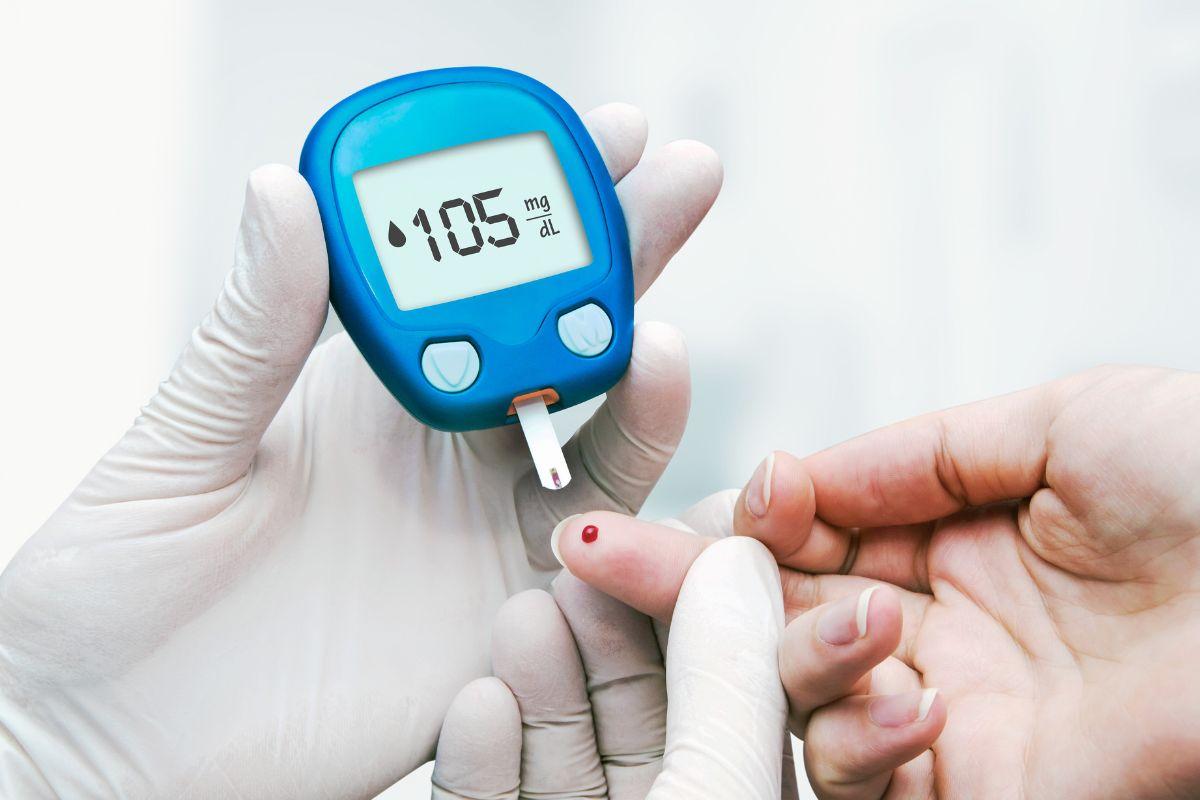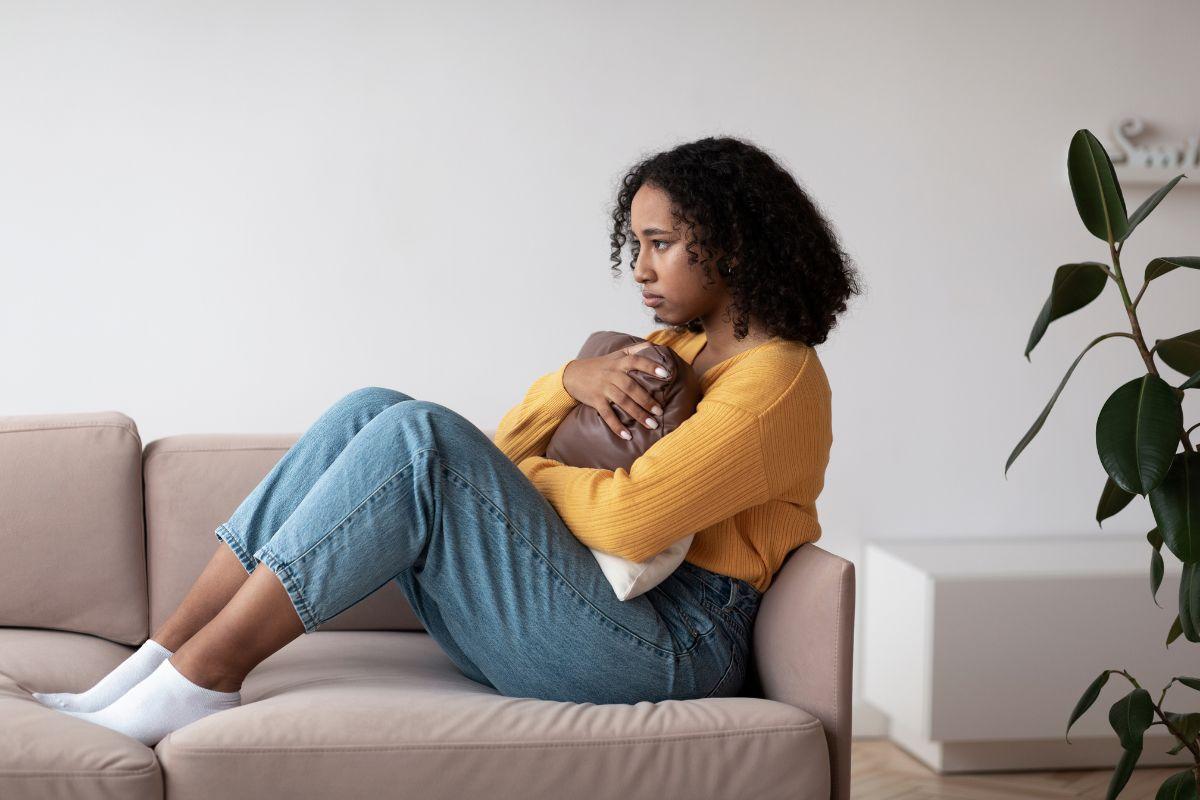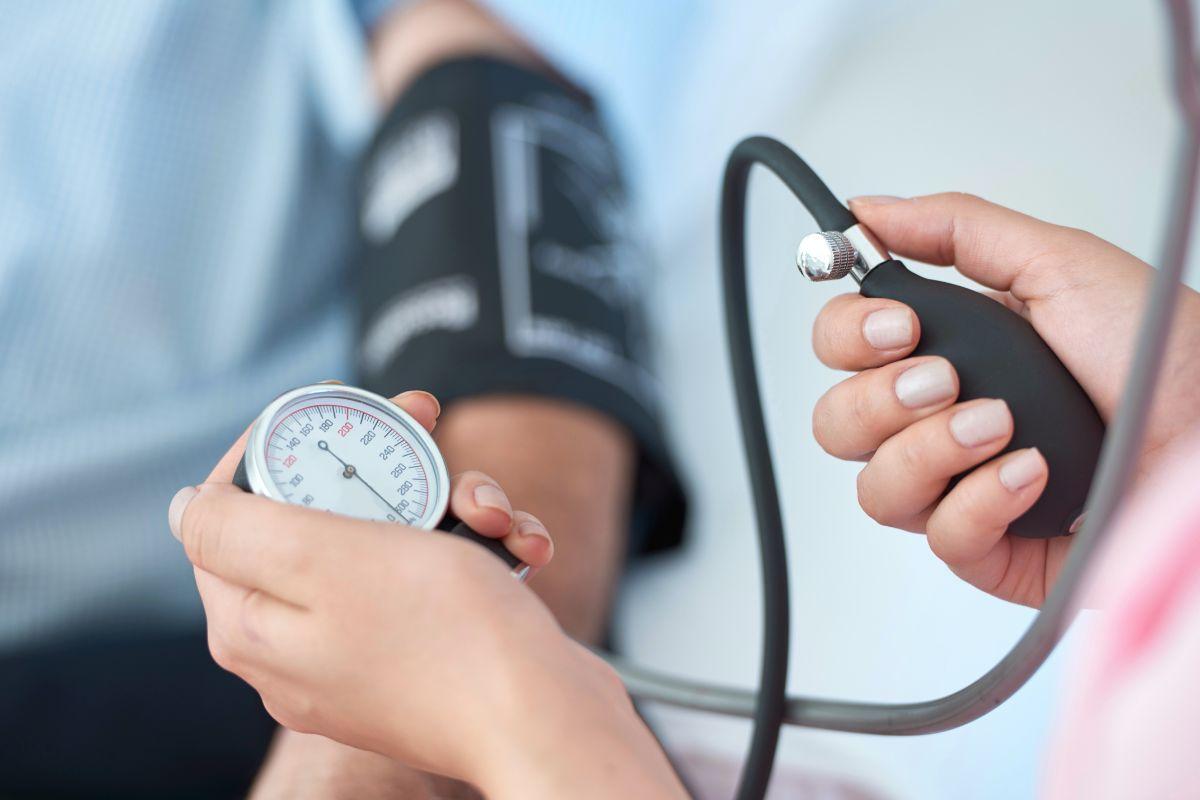Written by Mr Abdullah Jibawi for Doctify
Have you ever wondered what those protruding veins on your leg are? If so, you might have varicose veins. Although this may not sound serious but the condition can be both damaging to confidence and also incredibly painful.
Here to tell us more is vascular surgeon, Mr Abdullah Jibawi.
What are varicose veins?
Varicose veins refers to the unsightly bulging and twisting veins in the leg that affect almost half of females and a third of males at some point in their life. Varicose veins disease does NOT only refer to those enlarged veins, but also to people who suffer from aching pain and swelling in ankles after a long period of work (standing up or sitting for long time in a busy office for example).
If examined properly, many of them will have ‘leaking’ veins that causes their symptoms, even if they can not see specific big veins in their legs.
What causes them?
We don’t know as yet what is the exact reason for varicose veins to occur in humans. Some theories predict that as human moved into an erect position, the degree of gravity over our legs became too high that our veins fails to meet our erect position requirements. There is certainly a family (hereditary) effect.
This design at the micro level of our veins might have a slight defect that causes the veins not to form a one-way valve system. This causes the blood to leak back and the vein wall to bulge out.
Another under-studied type of veins are those originating in the abdomen and pelvis and associated with pelvic congestion syndrome (severe pain and excessive bleeding during menstrual periods, varicose veins in the vulva area, etc.). This is an important aspect of veins that can be under estimated.
Who is likely to suffer from them?
Varicose veins occur more commonly in certain situations: multiple pregnancies (especially after the third child), working in a standing position for long periods (teachers, nurses, surgeons, etc.), or sitting for long hours in front of computers (secretaries, admin staff, etc.).
Most patients with varicose veins have one or more members of their family who have a treatment or a complication of varicose veins (such as difficult to heal ulcers) and they want to avoid the same situation.
Finally, the older and more obese we are, the more likely we will develop varicose veins disease (and therefore heavy legs) in our lifetime.
What are the treatment options?
In the past, we used to tell all our patients to wear stockings and “see how it goes” – this is UNACCEPTABLE in 2017. The technology has moved forward and the type of procedures we can offer nowadays are impressively safe.
In the UK, we have guidance from the National Institute for Clinical Excellence (NICE – 2014) stating clearly that we should offer a procedure to treat varicose veins as a first line option. If the first, second and third line protrudes are not possible/unsafe, then we can consider stockings as alternative.
In terms of treatment options, we can offer to treat veins using radio frequency wave energy, similar to the microwave energy we use to heat food in kitchens, but tailored to heat and treat veins of course. This treatment is effective (94% success rate at 2 years follow up), can be done under local anaesthetic, is a day case (in and out within 6 hours), and is certainly very safe.
The other option is to use laser energy (instead of radio frequency energy), but this needs special goggles and special theatre equipment.
The third option is to inject a special chemical material after mixing it with air (to make little bubbles and foam) into the vein. This is also very effective (88% success rate at 2 years) providing it is applied correctly and the patient follows the correct after injection instructions.
There is also the option of open surgery which we currently use to ‘hook out’ the little unsightly veins in the leg.
Are there any preventative steps you can take to avoid them?
Yes, of course.
Firstly, one should avoid standing and sitting for long periods of time. Regular breaks and leg elevation is so essential to protect the legs and avoid developing bad varicose veins.
Wearing good stockings such flight socks is recommended for air travel, in the correct shoe size, which provide good protection. I would say that anyone who has had multiple pregnancies or with a job that involves long periods of sitting or standing should walk around or sit for long periods without stockings/flight socks fitted in.
Prevention is always better than cure.
For those who enjoy regular yoga or martial art training, certain exercises have been shown to reduce the symptoms and severity of varicose veins. Positions such as rolling and rocking, leg lock, standing forward bend, shoulder stand, and fish pose are all helpful and advisable.
Finally, I would also advise using a natural cream that contains Aesculus Hippocastanum extract (horse chestnut), which has been shown in a systematic review of 17 studies to improve leg pain, swelling and itching when taken for short time for patients with symptomatic varicose veins compared to placebo.




